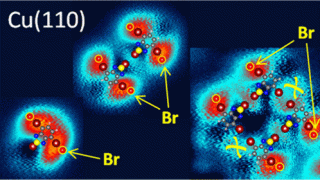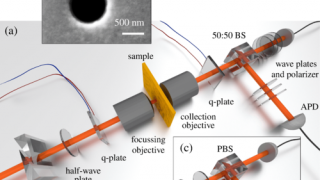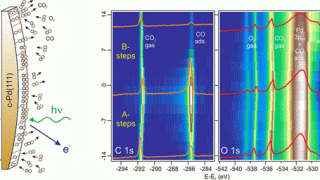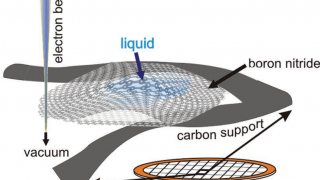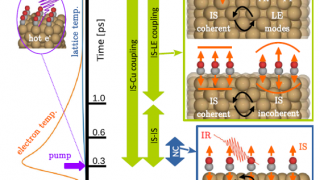
The ultrafast dynamics of adsorbates deciphered
One of the ultimate goals in surface science is to comprehend the fundamental processes that make that surface reactions need less than a picosecond (10-12 s) to occur. This means understanding what is happening at the scale of femtoseconds, that is, measuring things that take some tens or hundreds of 10-15 seconds to occur. To […]

